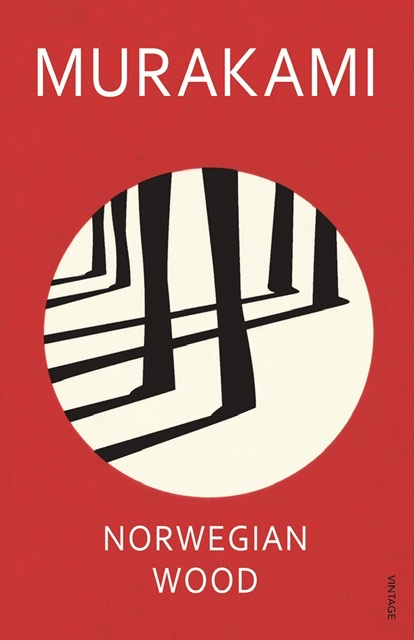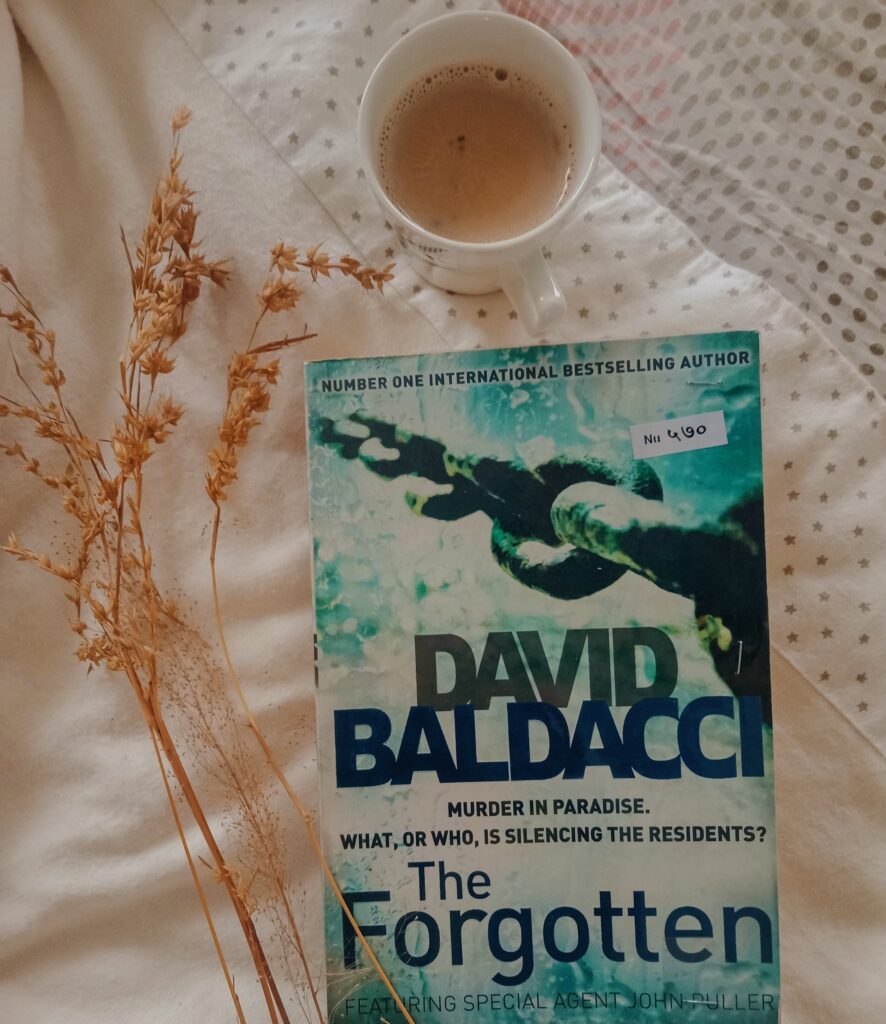A story about confusion, love, grief, mental trauma, and mental health, Norwegian Wood by Haruki Murakami is one of the most popular books by Haruki Murakami. This article tells you why you should (or should not) read this literary masterpiece.
About Norwegian Wood by Haruki Murakami

Title: Norwegian Wood
Author: Haruki Murakami
Translated by: Jay Rubin
Genre: Cultural, Romance, Contemporary, Adult
Publisher: Vintage Books
Type: Standalone
Pages: 296
Goodreads rating: 4/5
Toru Watanabe is an average Tokyo college student who isn’t sure about his life’s direction. He gradually develops feelings for his friend Naoko. However, their relationship is shadowed by the reminiscent of their other friend’s (Naoko’s ex-boyfriend) suicide years ago. As Naoko delves deeper into depression and retreats further within herself, Toru starts to form a bond with the outgoing and lively Midori Kobayashi. Set in the 1960s-1970s period during the students’ movement, Norwegian Wood by Haruki Murakami deals with the darker themes about grief and traumas, while following Toru with his coming-of-age love story.
Trigger Warnings: Death, suicide, trauma, mental health.
Book Review of Norwegian Wood by Haruki Murakami
Gotta be honest, I never heard of Haruki Murakami before. The only reason it even landed on the reading list was thanks to a book club recommendation, so it was kind of a surprise pick. But hey, sometimes you just roll with it, right? The feelings, though? Totally mixed – like, this book is still stewing in a strange corner of the mind, and that’s not going to change anytime soon.
First impressions? Let’s say the cover isn’t really anything to rave about. Although, there’s this cool detail where the shadows are parallel instead of crisscrossed – a tiny quirk that somehow stands out. The title, however, is where Murakami gets a nod. Norwegian Wood isn’t just a catchy name; it’s one of the best Beatles tracks out there, loaded with its own nostalgic vibes. Plus, if you’re into language trivia, the original Japanese title, Noruwei no Mori, adds a clever layer of meaning that’s woven right into the plot.
Now, about the plot and setting: it’s got this backdrop of civil unrest, which stirs things up and hints at student movements of the era. Honestly, that part is gripping. The romance side? Well, let’s just say it’s a whole different story. Things get… messy. But maybe the frustration isn’t so much with the plot as it is with the characters themselves.
And here’s where it gets interesting: the protagonist, Watanabe, is quite the puzzle. He’s flawed – and that can be refreshing – but in this story, he’s frustratingly passive. It’s like he’s just observing life rather than engaging with it. As readers, we get a front-row seat to his thoughts and reflections, but he doesn’t exactly step up or make things happen, especially when it comes to relationships. So, does Watanabe leave an impression? Yes. Is it a good one? Maybe not.
But hands down, the writing is the standout. Murakami’s prose has this blend of technical mastery and raw emotion that pulls readers right in. Big props to Jay Rubin, too, for the translation – it’s beautifully done. That said, there’s a bit of discomfort in how certain traumatic themes are approached. Mental health discussions have come a long way since this book was published in 1987, so perhaps that explains some of it.
“Only the Dead stay seventeen forever.”
Haruki Murakami
One last thing to note is the political background: it’s there and it’s intriguing, but Murakami never dives in completely, which may leave some wanting more depth. But fair enough – this isn’t meant to be a political novel.
It’s a good read with unique moments and style – just don’t expect it to be a straightforward romance or an all-encompassing political narrative. Approach it with an open mind, and it might just surprise you.
Conclusion
Rating: 3 / 5 Our Rating Guide
Recommendation: Yes, but it’s not going to hit the mark for everyone. It’s one of those stories you’ll be glad you read once, but it may not pull you back for a second round.
For anyone just dipping their toes into Murakami’s world, maybe save Norwegian Wood for later. It’s one of his big titles, sure, but it might not be the best starting point. If books like The Wind-Up Bird Chronicle (an absolute gem) or even The Great Gatsby hit home, then there’s a good chance Norwegian Wood will too.
About the Author

Haruki Murakami is a famous contemporary Japanese writer and translator whose works are heavily influenced by western culture. He studied drama at Waseda University in Tokyo, and his first job was at a record store. His works have been bestsellers in Japan and internationally and translated into around 50 languages. His notable works include Norwegian Wood (1987), The Wind-up Bird Chronicle (1985), and Kafka on the Shore (2002). As a classical music fan, he often incorporates elements of music into his novels.
Below is the link to buy Norwegian Wood:
Articles you will enjoy:
- 12 Best Books With Strong Female Characters-Favbookshelf
- Top 10 Amazon Bestselling Books (Most-Liked)-Favbookshelf
- 12 Best Short Books For Quick Read (Under 200-pages)-Favbookshelf
- Book Review of Inferno by Dan Brown (Spoiler Free) | Favbookshelf
Videos you might like:
Disclosure: Book Review of Norwegian wood by Haruki Murakami is honest. Also, some links in this post may be affiliate links, which means we receive a commission if you click a link and purchase something that we recommend.
Which is your favorite fiction book? Do comment below. We would love to know your favorite one.
Are you an author or a publisher? If yes, then you must check our services for promotions and marketing. They will undoubtedly benefit you.
Contact Us:
Email: [email protected]
WhatsApp: WhatsApp Us
Instagram: @fav_bookshelf
Let’s make your book shine!
Have a nice day ahead.🙂


Really informative blog article. Much obliged.